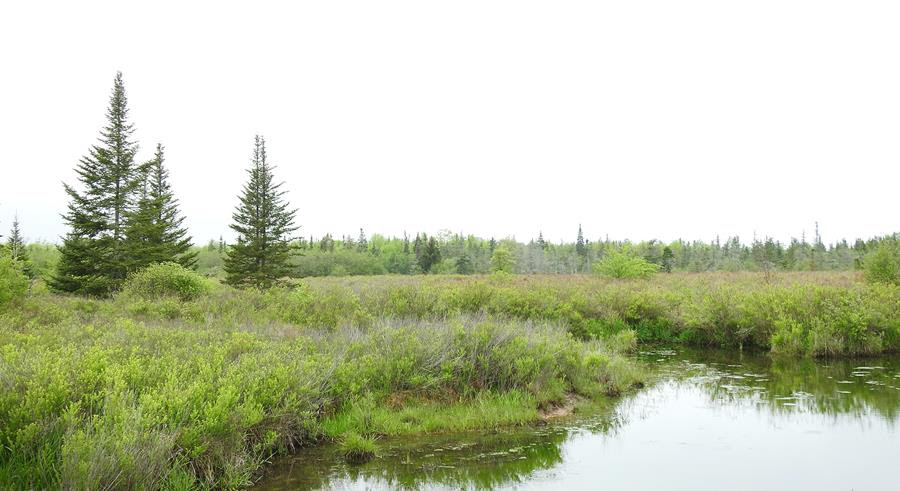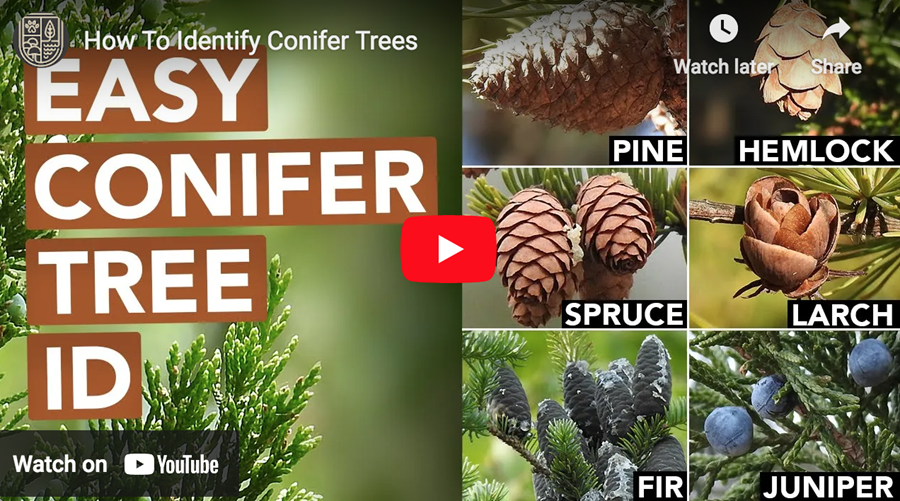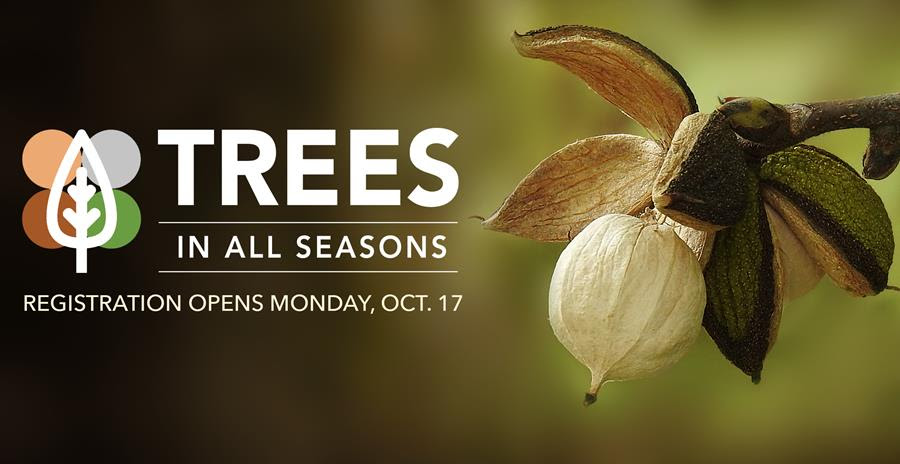

Within the foraging community, people often promote rules of thumb.
• “When in doubt, throw it out.”
• “Collect no more than 10% of a particular species in an area to avoid overharvesting.”
• “It’s better to cut mushrooms with a knife than to pull them out of the ground with your hands.”
Generally speaking, I’m not the biggest fan of pithy guidelines such as those listed above. Some of them are helpful, but most require elaboration.
Here’s another example of a commonly promoted rule of thumb: “To find morel mushrooms, look under elm trees.”
I actually like this rule of thumb, but I don’t think it’s helpful for those of us who can’t identify elms. Some of us have trouble recognizing the ridges and furrows of elm bark. Some of us don’t notice the double serration of elm leaves.
Fortunately, a seasonal feature can help us identify elms right now. This feature will disappear in a few weeks, but if you look for it today, you will drastically increase your chances of finding elms.
What is this feature? Check out the brand new video to learn what it is!

And in case you missed the announcement, I will be releasing a new online course in May. Exploring Wild Ecosystems is designed to improve your ecological knowledge by introducing you to fascinating ecosystems — including alvars, barrens, bogs, dunes, fens, glades, savannas, vernal pools, and others!
To receive updates, please consider joining the notification list.
Thanks for reading and watching, and thanks for your continued support!
— Adam Haritan
















 Have you ever said to yourself or others, “My garden is my therapy?” If you have noticed that you feel more relaxed and even rejuvenated after imbibing the beauty, fragrance, and even hard work in your garden, you are not alone! Gardening provides physical exercise, as well as a rewarding intellectual and emotional connection. When recognized on a personal level, it is not a stretch to see how people in a wide variety of care environments who are facing diverse personal challenges can benefit from professionally facilitated horticultural experiences as well.
Have you ever said to yourself or others, “My garden is my therapy?” If you have noticed that you feel more relaxed and even rejuvenated after imbibing the beauty, fragrance, and even hard work in your garden, you are not alone! Gardening provides physical exercise, as well as a rewarding intellectual and emotional connection. When recognized on a personal level, it is not a stretch to see how people in a wide variety of care environments who are facing diverse personal challenges can benefit from professionally facilitated horticultural experiences as well. The profession of horticultural therapy (HT) was formalized in the early 1970s, though people have sought out gardens and gardening activities for respite and health recovery well before then. The practice of horticultural therapy involves a plant-based activity, a horticultural therapist, client(s), and identified treatment goals and objectives. Either in a group or as individuals, clients participate in outdoor…
The profession of horticultural therapy (HT) was formalized in the early 1970s, though people have sought out gardens and gardening activities for respite and health recovery well before then. The practice of horticultural therapy involves a plant-based activity, a horticultural therapist, client(s), and identified treatment goals and objectives. Either in a group or as individuals, clients participate in outdoor…
You must be logged in to post a comment.